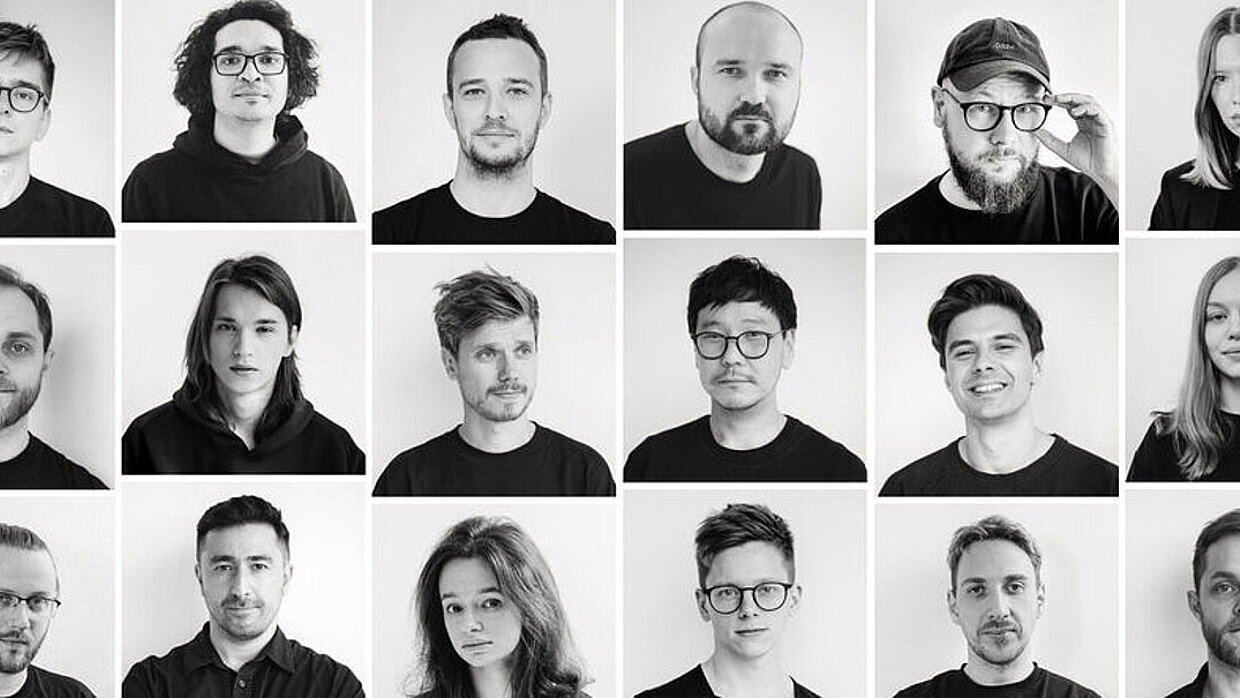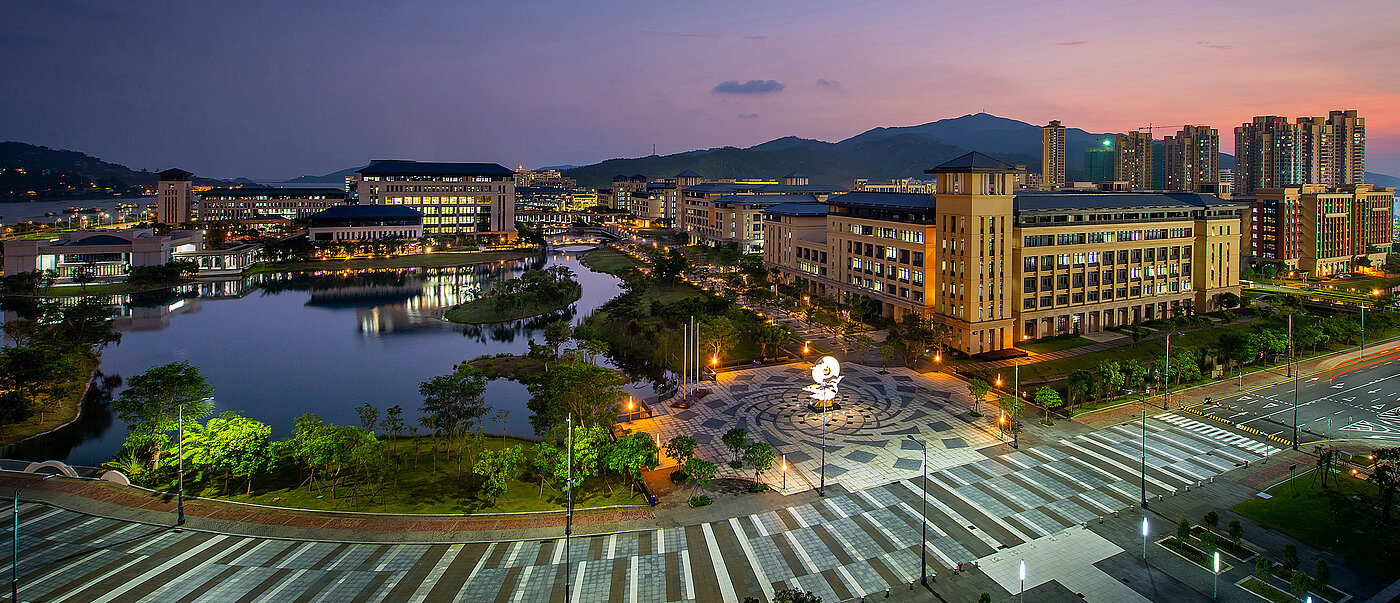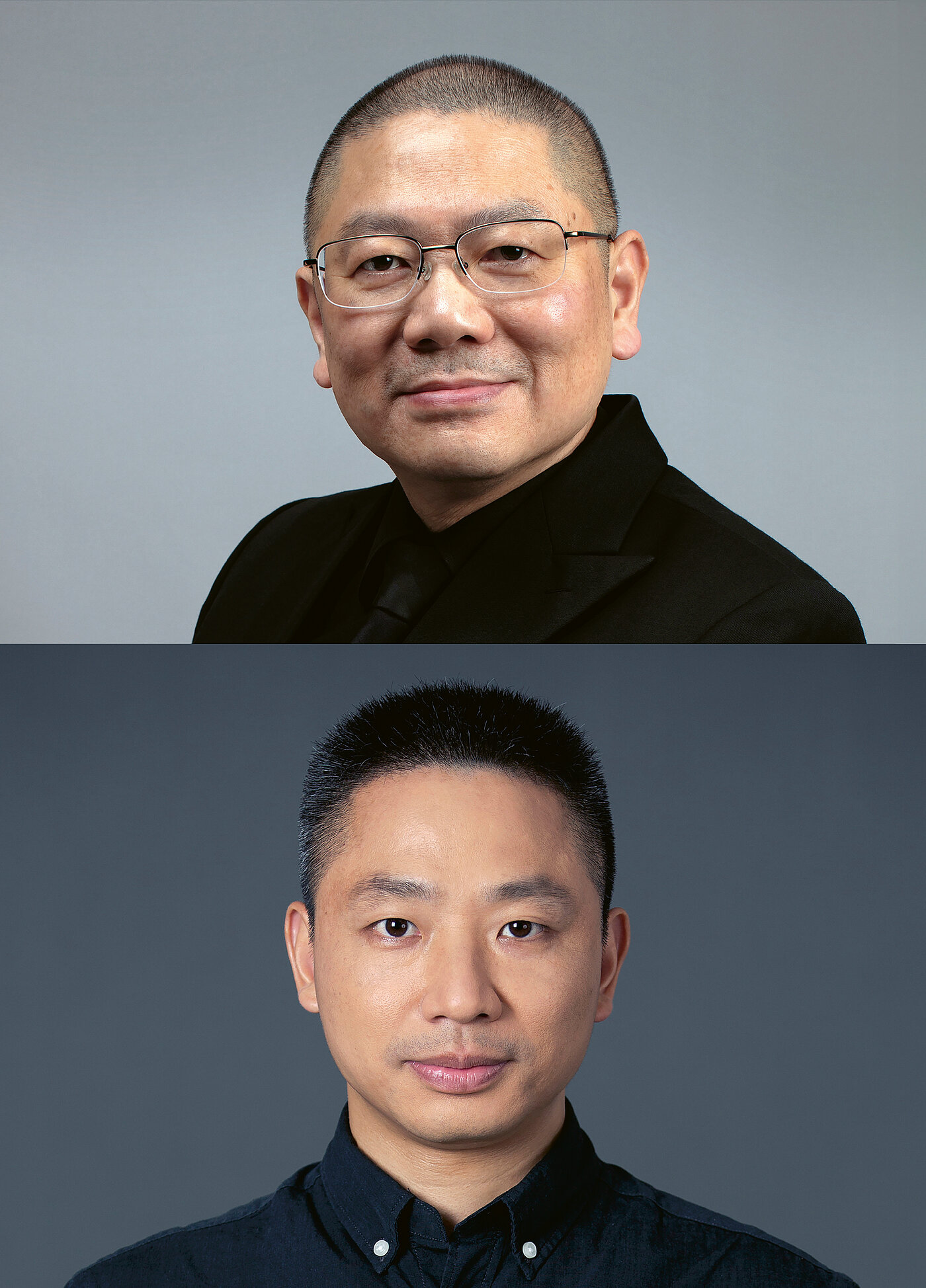
TT Espina by TypeType, a font foundry based in the United States and Kazakhstan, is an unusually expressive serif font with pronounced contrasts, suitable for a wide range of applications. This versatile font encourages experimentation. It has six further styles, each with over 1,000 glyphs, and can be used in over 230 languages.
Interview with Lampo Leong & Chao Yang, Centre for Arts & Design, University of Macau
Red Dot: Tell us more about the design process …
Lampo Leong & Chao Yang, Centre for Arts & Design, University of Macau: The creative process behind “Cheers, Macau!” was complex and multifaceted. We began by creating moulds from crumpled aluminium beer cans and then meticulously crafted them in porcelain. Next, we carefully arranged various elements, including Chinese and English texts, Chinese calligraphy of poetry, motifs of the lotus flower and the Ruins of St. Paul’s in Macau, Portuguese tile patterns and the original Macau Beer logo. To capture the essence of Jingdezhen’s famous porcelain craft industry, we selected a distinct blue colour reminiscent of blue-and-white porcelain and then added splashes of gold. The porcelain cans underwent three firings in different kilns to achieve a harmonious fusion of the different materials.
What layers of meaning are united in this project?
“Cheers, Macau!” is a brand visual extension design for Macau Beer that embodies rich conceptual meanings through the transformation of materials and postmodern artistic approaches. The Western aluminium beer can metamorphoses into Jingdezhen blue-and-white porcelain, reflecting Macau’s fusion of Chinese and Western cultures over the last 400 years. It also references the fact that Macau is a UNESCO City of Gastronomy. The wild cursive Chinese calligraphy on the can features ancient Chinese poetry centred around the lotus theme and quotes from Zheng Guanying’s “Words of Warning in a Prosperous Age”.
What was the best thing about this project?
The interplay between different mediums and textual elements adds an intriguing and stimulating dimension. But the most exhilarating aspect was merging design and sculpture by integrating brand and visual communication design onto a three-dimensional sculptural surface.

